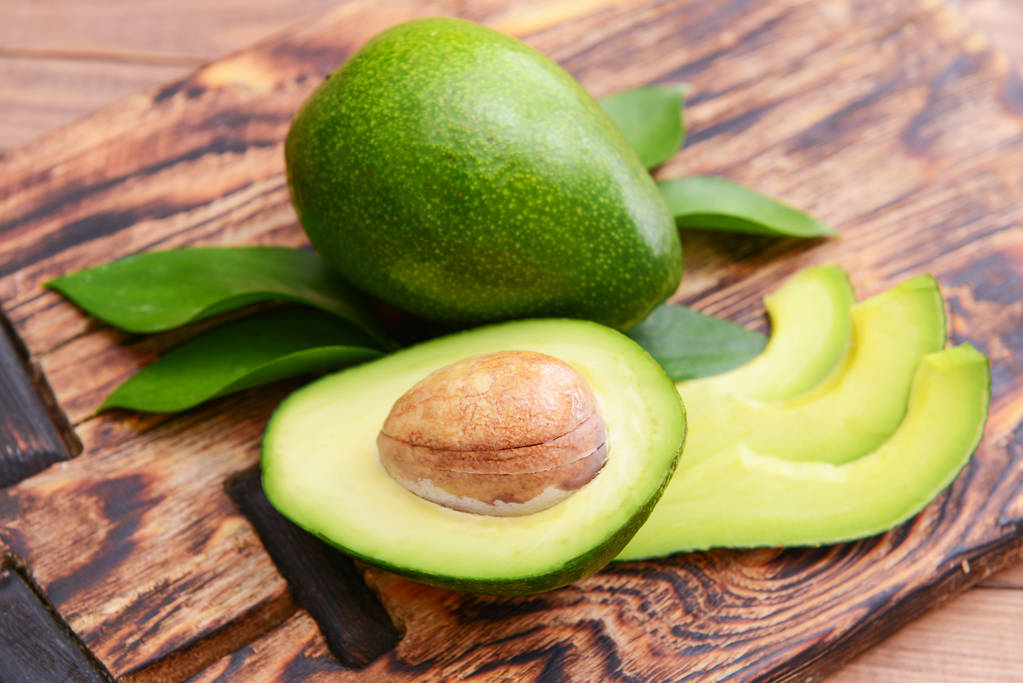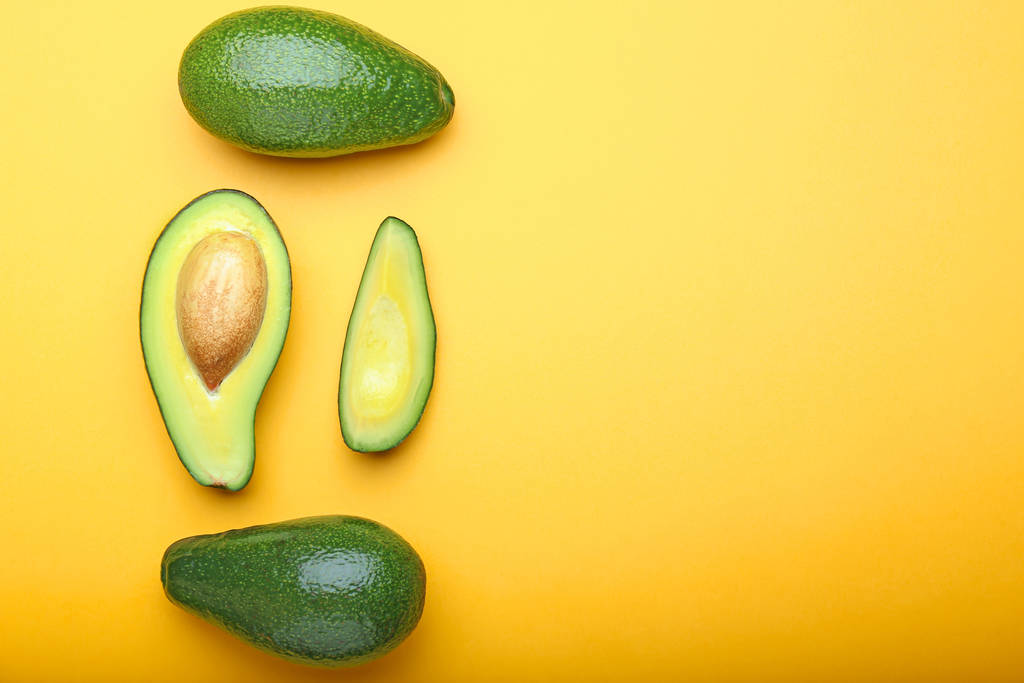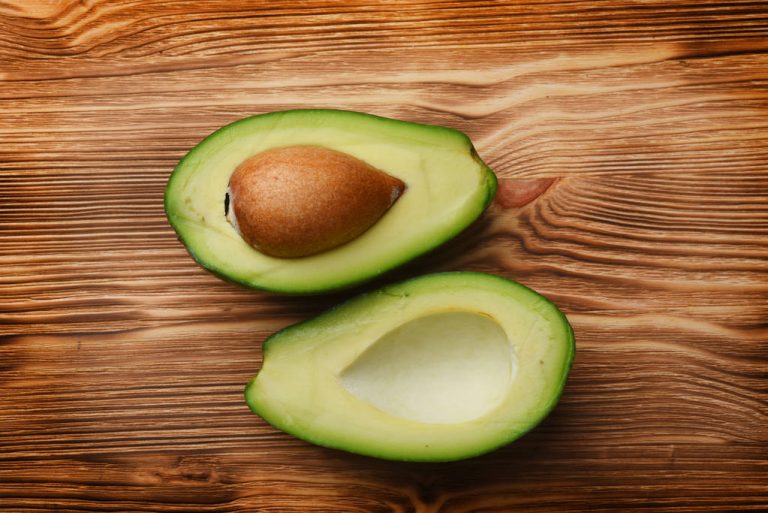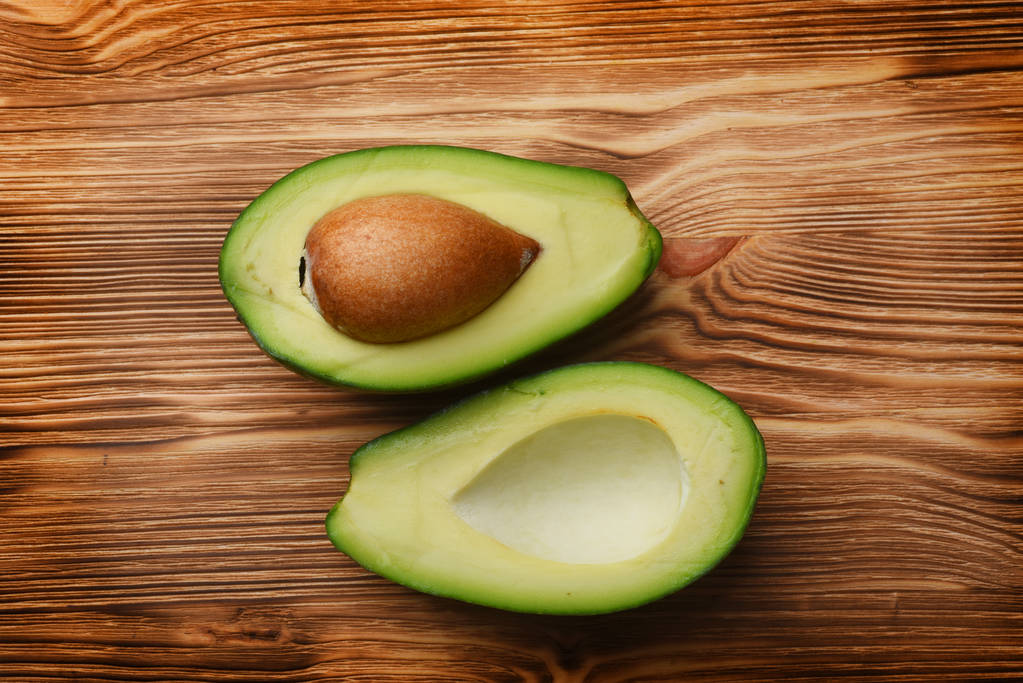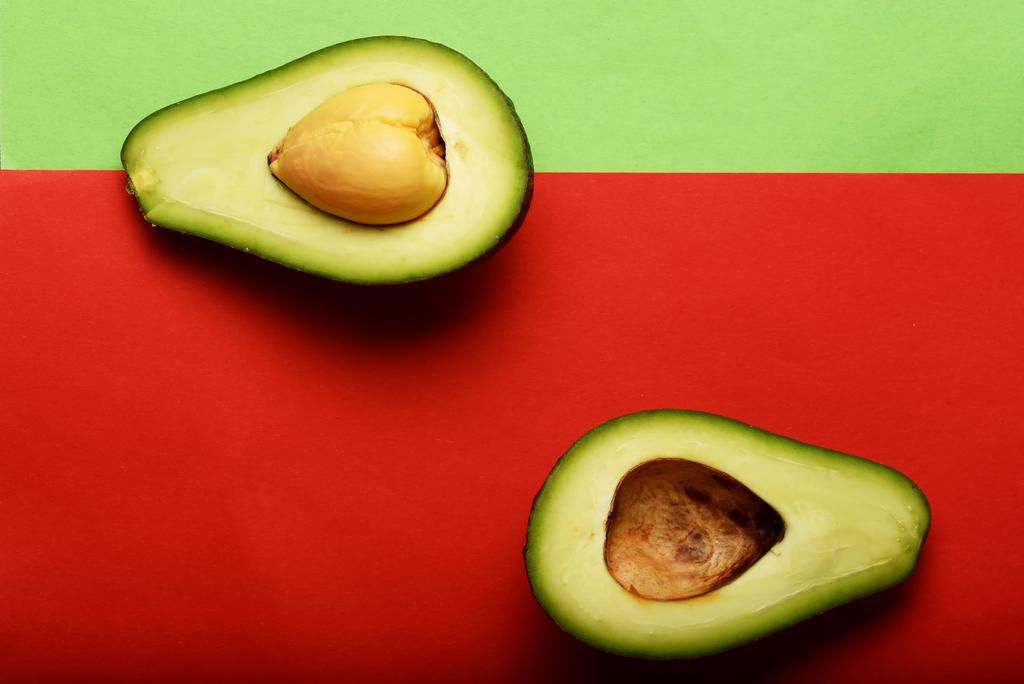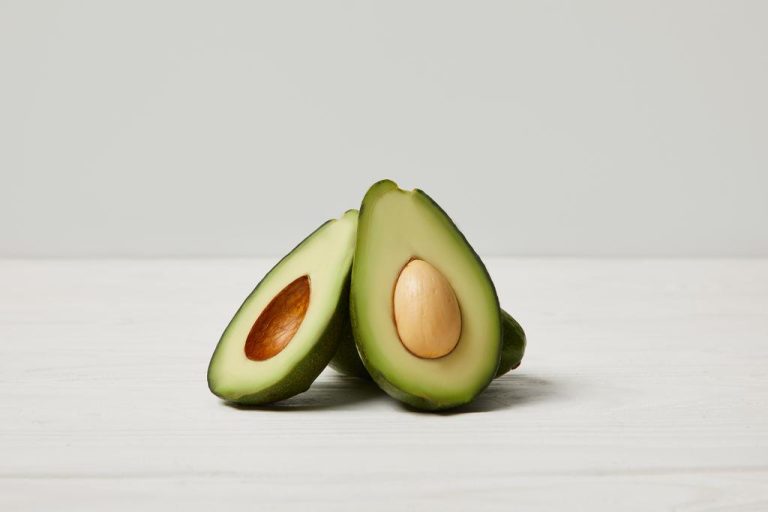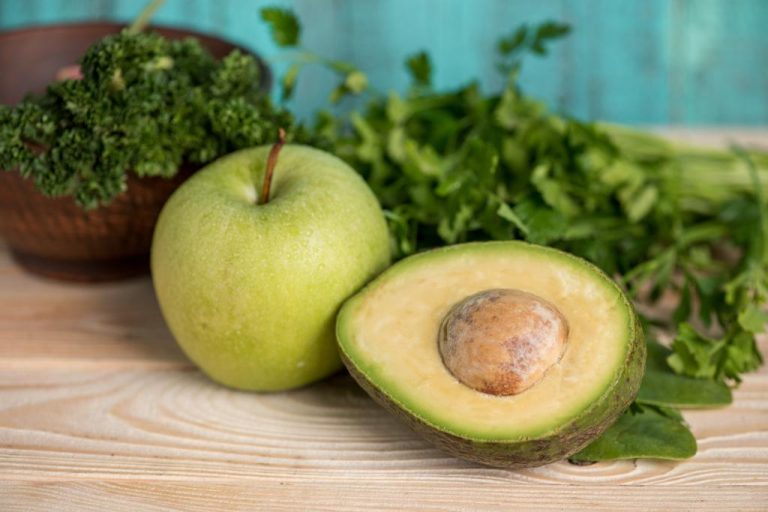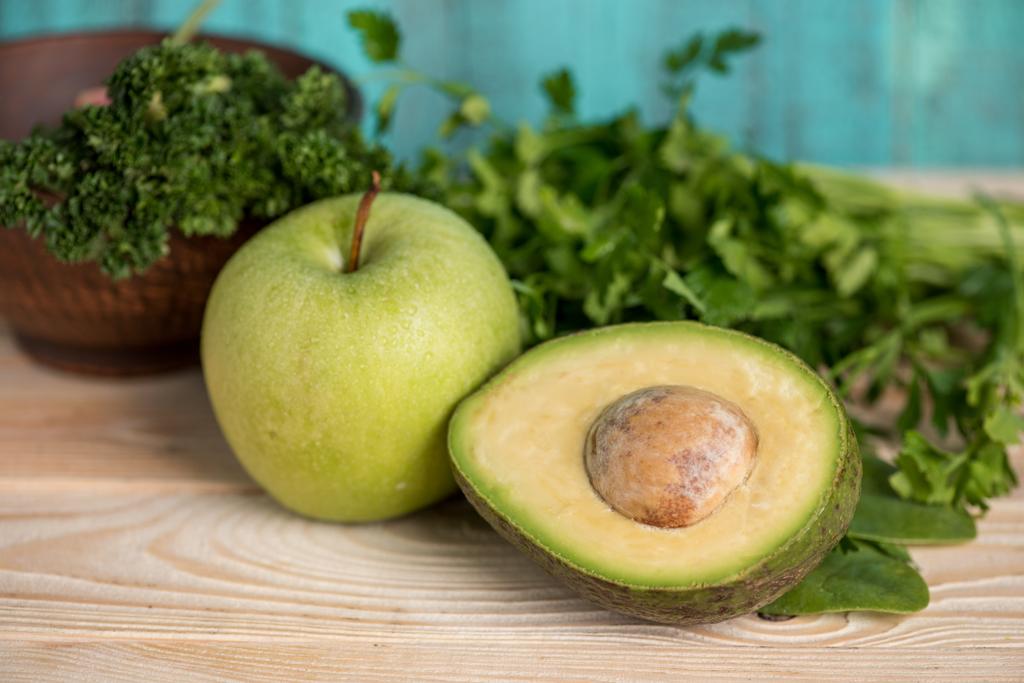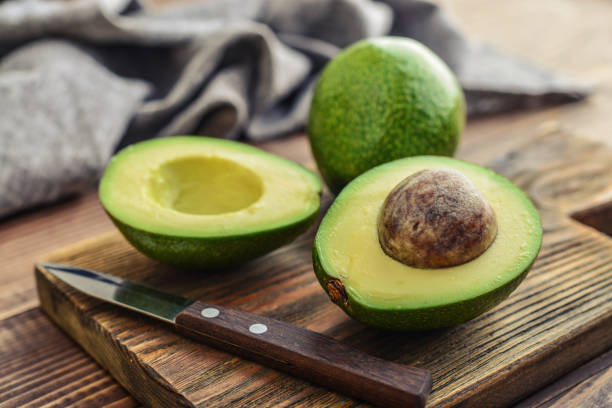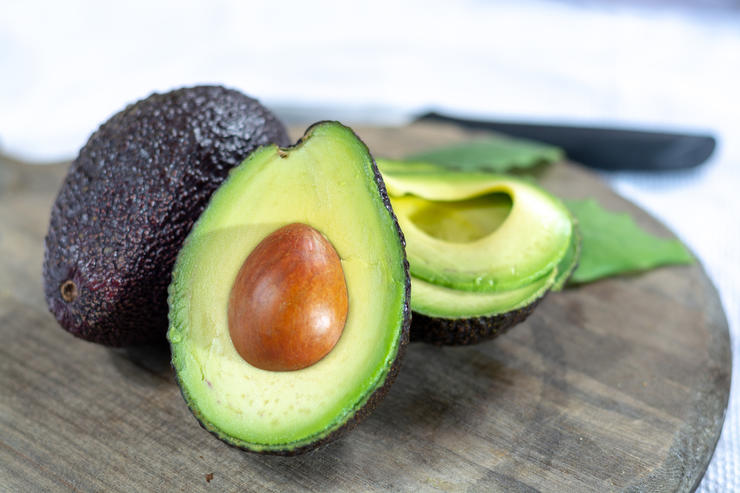Instead of eating the avocado pit, most people just throw it in the trash. The core contains extremely healthy ingredients. But what about the controversial bitter substance persin?
The avocado is considered a healthy superfood that is rich in unsaturated fatty acids as well as vitamins and minerals. Normally, however, we only talk about the pulp – the skin and core usually end up in the garbage.
In recent years, however, it has been found that the avocado seed contains healthy nutrients and antioxidants. So should you eat the avocado seed as well? Some swear by it, others advise against it.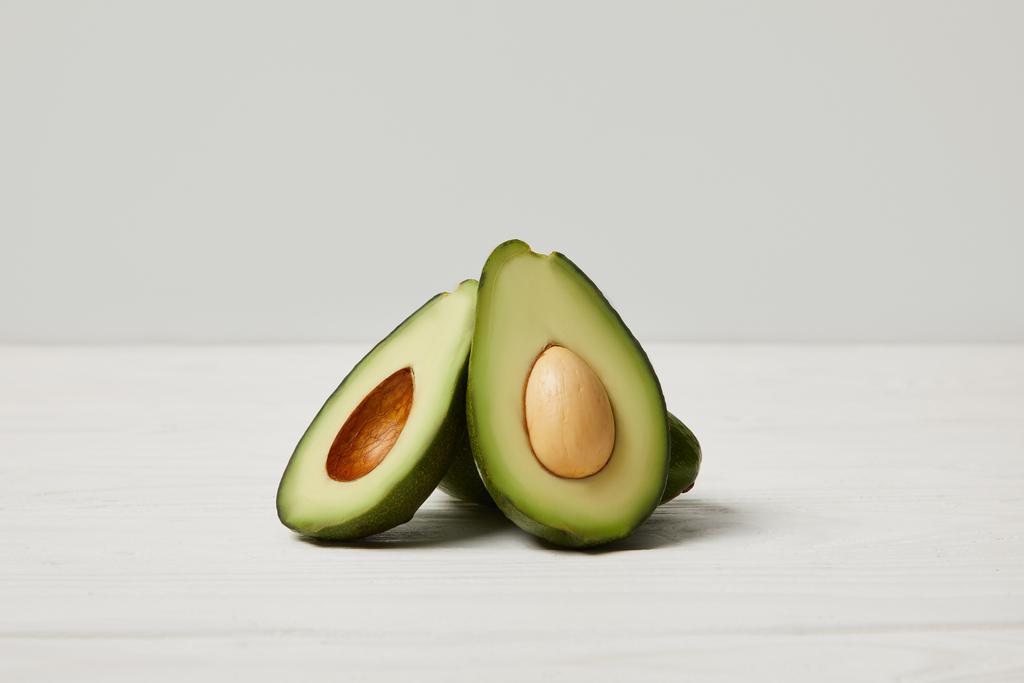
Eating an avocado seed: It should be that healthy
The ingredients and health benefits of the avocado have been extensively studied – but only in relation to the pulp. The situation is different with the avocado core, where research is still in its infancy. However, previous nutrient analyzes sound promising: the avocado core contains many of the fruit’s healthy ingredients, even in a concentrated form.
The avocado seed provides the following nutrients:
vitamins,
minerals such as potassium, magnesium, iron,
fiber,
Amino acids,
unsaturated fatty acids,
bitter substances,
phytochemicals such as phenolic acid, flavonoids, carotenoids.
These ingredients are all considered to be extremely beneficial to health. From a medical point of view, the unsaturated fatty acids, bitter substances and secondary plant substances are of particular interest. Because of these substances, the avocado seed is said to have many positive effects. Among other things, he should…
…protect cells from oxidation by free radicals,
…inhibit inflammation,
… prevent cardiovascular diseases,
… strengthen the immune system,
…prevent infections,
…stimulate the metabolism and
Prevent thyroid disorders.
Current research suggests that the avocado seed may lower cholesterol levels. It can also be used to treat high blood pressure, diabetes and inflammatory diseases.
The antioxidant properties of the seed have already been scientifically confirmed. Beyond that, however, there is a lack of further investigations and studies on humans. So far, only research has been done on how avocado seed extract can affect the body – but not the consumption of the seed.
Potential Risks: Is the avocado seed toxic?
Because of the current research situation, the consumer advice center NRW warns against eating the avocado stone. Based on the current information, it is not certain to what extent it is healthy to consume the seed. In this context, reference is also made to the bitter substance persine, which is toxic to humans in large doses and is also found in the pulp of fruit and other types of fruit. Therefore, some voices strongly warn against eating the avocado seed. But even these claims have not yet been sufficiently substantiated.
The ingredients and possible health-promoting effects of the avocado seed sound promising. Since the popular fruit has a bad climate balance, it makes sense from an ecological point of view to use as many parts of the avocado as possible. However, due to the lack of human studies and long-term studies, we advise against eating the avocado stone in large quantities and only occasionally using it very sparingly in the kitchen.
In general, however, avocados are problematic from many perspectives: cultivation requires an enormous amount of water, which is scarce in most growing areas anyway. The mostly long transport routes worsen the ecological footprint even more. Blood also sticks to avocados from Mexico in particular, since the avocado trade there is controlled by the drug cartels. That’s why we strongly advise you to buy avocados only rarely – and if you do, then buy organic avocados from Europe, such as Spain or Italy.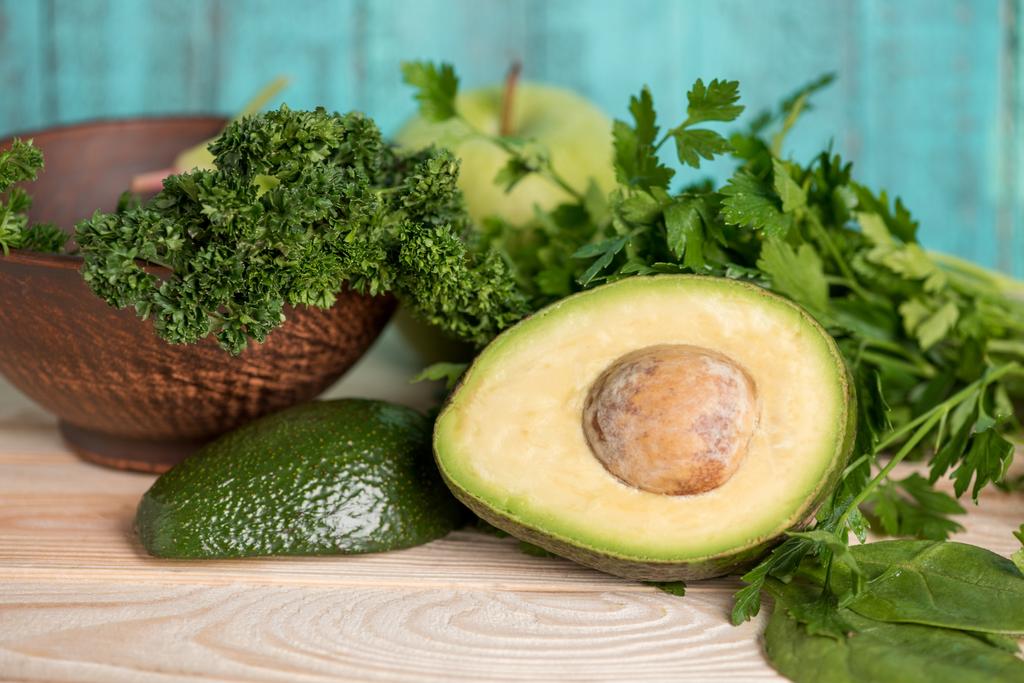
Preparing the avocado seed: This is how you can eat it
The best way to use the avocado seed is to let it dry first. You have the following options for this:
Remove the brown skin from the avocado stone. This works best if you soak the core in water for a short time beforehand or let it dry for a day. Then let the washed core dry for 1-3 days.
Alternatively, you can also cut the fresh avocado seed into pieces or thin slices with a sharp knife and then let it dry. The fastest way to do this is in the sun or in a dehydrator. You can also lightly toast the pieces in a pan.
You can then prepare the dried pieces as follows:
If you have a powerful blender, you can mix parts of the avocado seed into smoothies. Since the core has a relatively tart, bitter taste, you should combine it with flavorful ingredients such as cabbage, rocket, spinach or berries.
You can use a kitchen grater to finely grate the avocado seed and add it to both sweet and savory dishes. For example, you can sprinkle the fine pieces over muesli or add them to the salad.
You can also prepare a tea from the avocado seed. Pour hot water over a teaspoon of the fine shredded pieces and let the tea steep for ten minutes before straining.
Attention: Also because of the slightly bitter taste, you should only add the core sparingly.
Tip: If you don’t want to eat the avocado seed, you can also germinate it and grow your own avocado plant.






